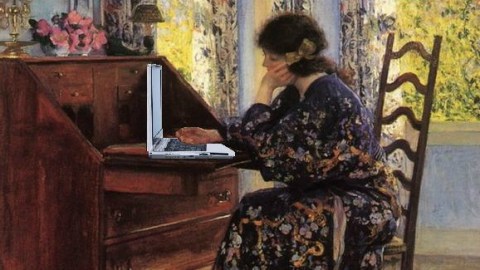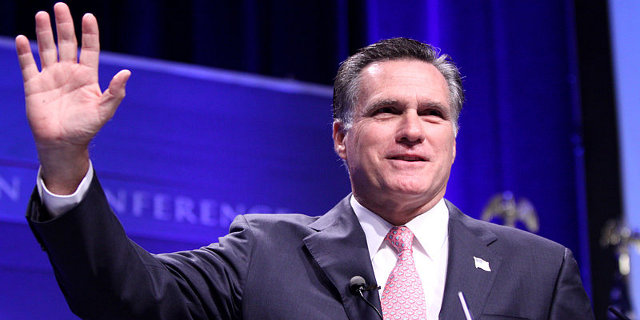Are We Living in the Post-Romantic Age?

What’s the Big Idea?
Where do our clichés about love go to die? Teenage girls and movie producers may survive on blushes and beautifully-penned letters alone, but there’s a point at which the rest of us pause and realize that no, life is not My Best Friend’s Wedding, and yes, we are actually g-chatting the person sitting next to us in bed.
Welcome to the Post-Romantic Age. “All of the conditions and circumstances of marriage have changed from the 20th to the 21st century,” says Pamela Haag, essayist and author of Marriage Confidential: The Post-Romantic Age of Workhorse Wives, Royal Children, Undersexed Spouses, and Rebel Couples Who Are Rewriting the Rules. “If we go back to the 18th and 19th centuries, marriage was a social obligation and an institution. You may or may not have loved your spouse, but being in love with your spouse wasn’t really the point.” It wasn’t until the 20th century that marriage became about finding your true love.
If 19th century relationships were about forming alliances, and 20th century relationships about passion, how will the relationships of the 21st century be defined?
We’re more likely to choose our partners based on how well they can help us find ourselves, says Haag. We tend to marry “people who are like us in terms of their career and their education and their life experiences and their goals.” (Which may be why that staple of the 90’s rom-com, the awkwardly sweet couple who were Just So Afraid to Fall in Love, has come to seem cloying. Who has the time to indulge in their own self-destructive-and-ultimately-narcissistic impulses, let alone someone else’s?)
Marriage is also now seen as customizable, rather than as a rite of passage. For our parents and grandparents, “weddings were pretty similar and marriages were pretty similar. Brides wore white gowns and gave out Jordan almonds as treats. You had the breadwinner and the housewife and all of the expectations were shared.” For the modern couple, marriage means what they want it to mean, says Haag – in other words, the biggest new rule of marriage is that there are no rules.
What’s the Significance?
In her new blog, Marriage 3.0, Pamela Haag will look at how love and relationships are evolving and trending in the 21st century, moving fitfully beyond the traditional and romantic models alike.




